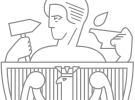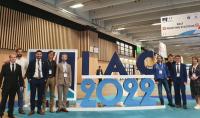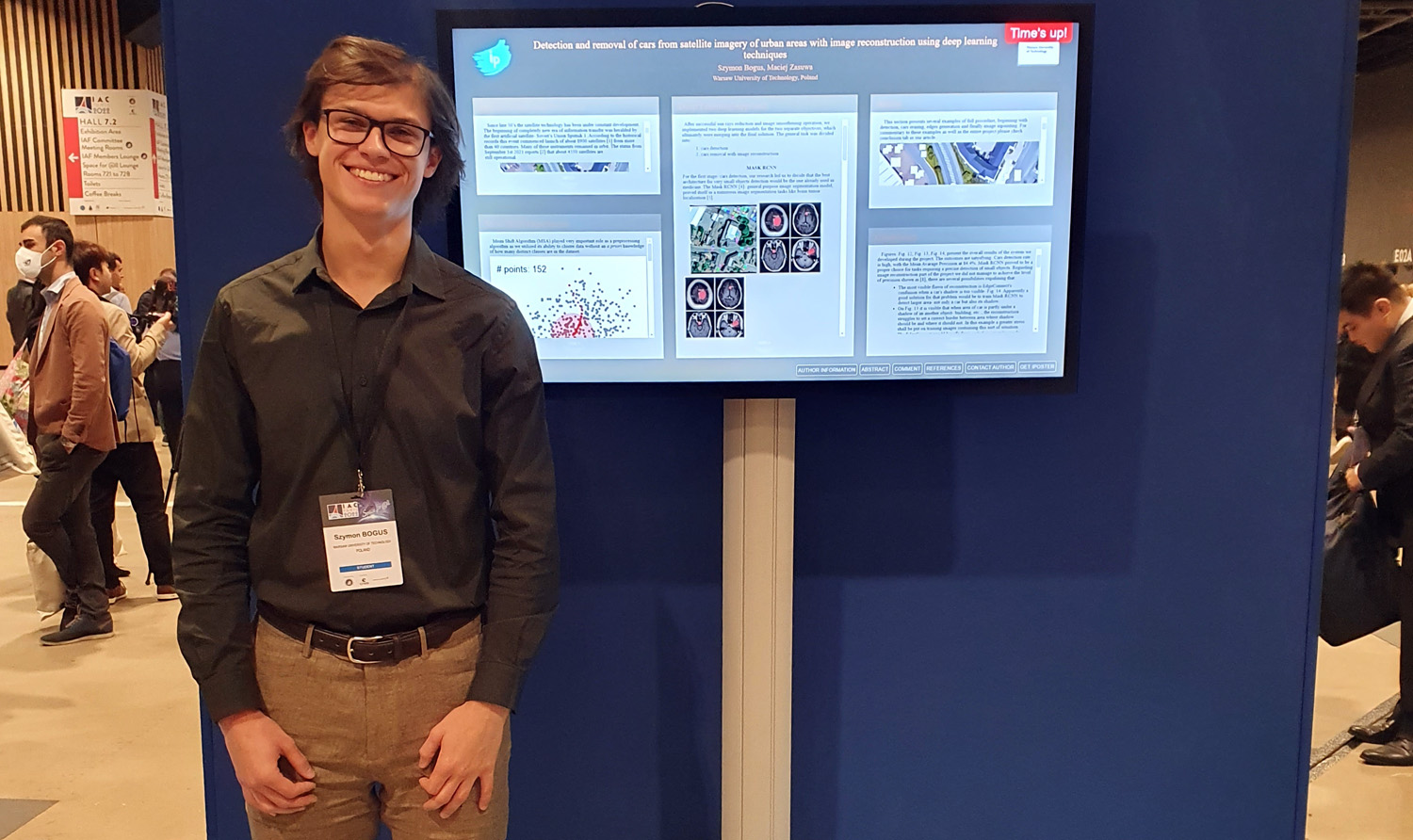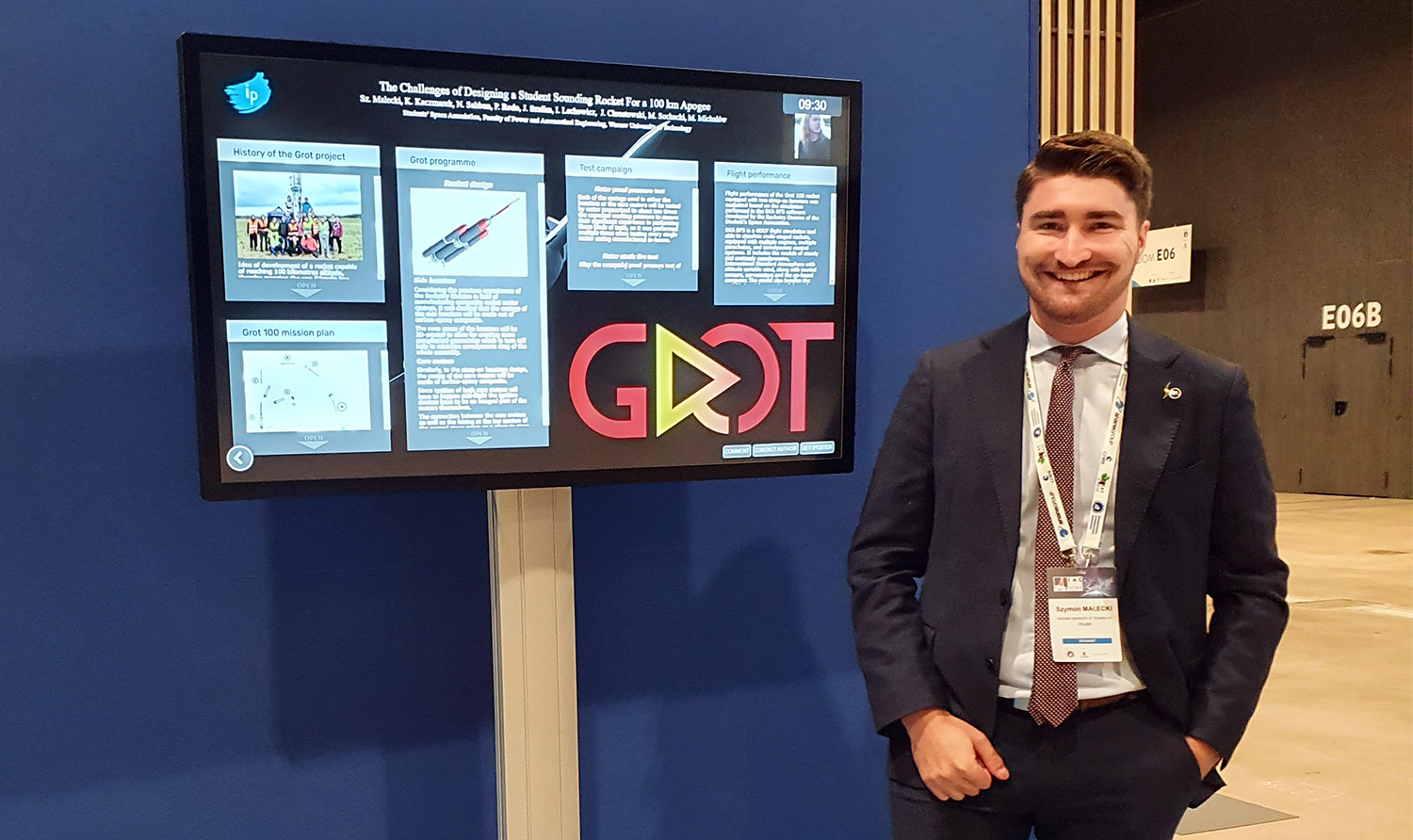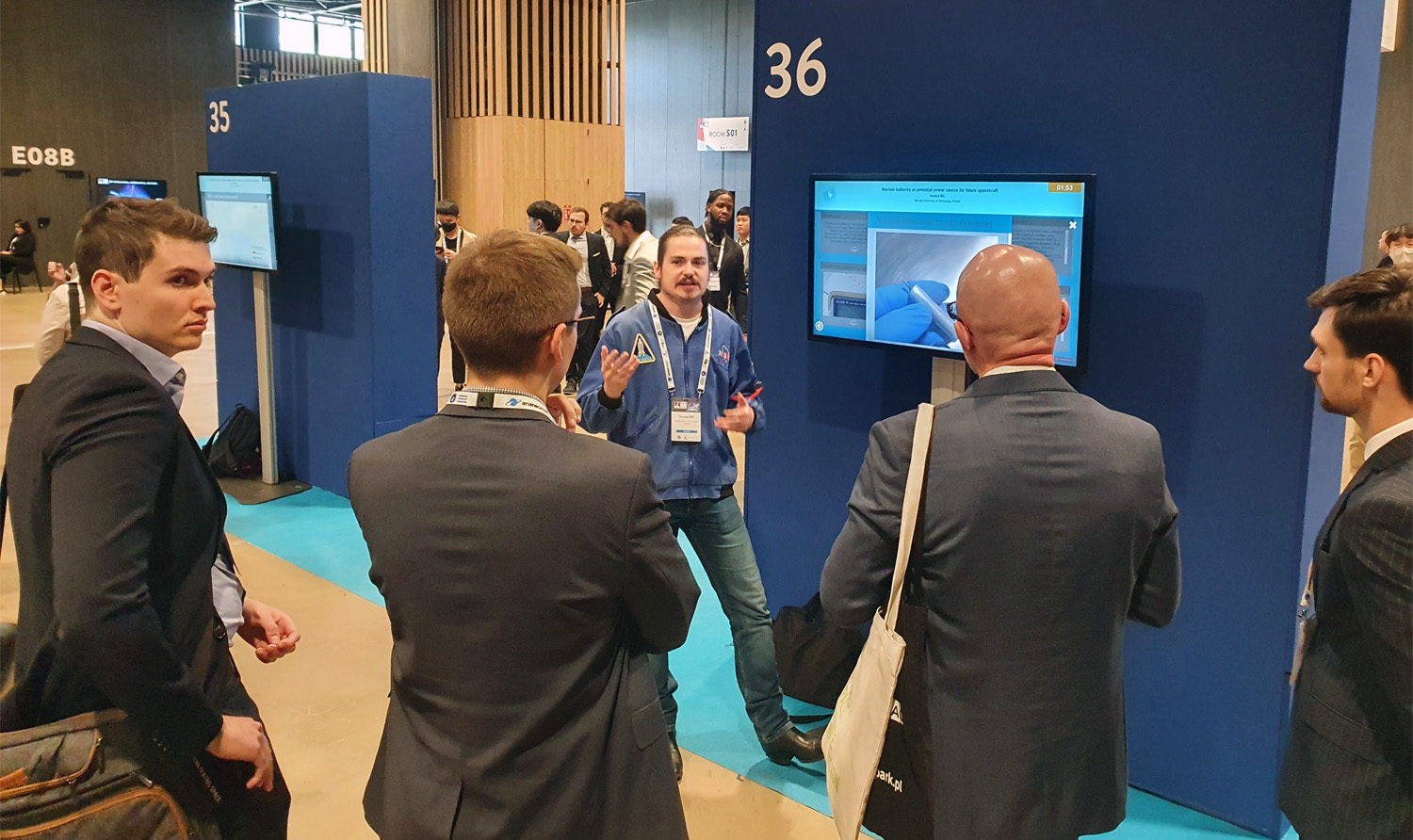Research at WUT takes the astronautics’ world by storm
Our students, doctoral students and WUT staff have been developing space projects for years. They shared the results of their latest works during the 73rd International Astronautical Congress. Representatives of the University of Technology talked about rockets, Earth exploration, communication and power systems in space and an interesting use of artificial intelligence.
Students and PhD students prepared six topics for the congress.
What is the connection between maps and artificial intelligence?
Szymon Bogus shared his idea of creating precise maps based on satellite images. The challenge here is posed by ubiquitous vehicles that obscure space. The WUT student has come out with a solution to this.
– Using two deep learning models, I was able to detect and remove cars from satellite images, and reconstruct the image so that the cars were replaced with what should be under them – explains Szymon Bogus.
The idea came about as part of the didactic project entitled: "Development of an Improved Educational Curriculum with Focus on Artificial Intelligence in Aerospace Industry", sponsored by The Boeing Company and headed by Maciej Zasuwa, PhD, from the Faculty of Power and Aeronautical Engineering at the Warsaw University of Technology.
More about the project can be found in the article at our website and in the publication „Detection and removal of cars from satellite imagery of urban areas with image reconstruction using deep learning techniques”.
Rocket and balloon mission
Szymon Małecki talked about the rocket built by the team from the Astronautics Student Research Group (SKA).
– The paper was created on the basis of many years of experience of SKA and the design of the Grot rocket, which in 2019 set the Polish record for the flight of an amateur rocket, reaching a ceiling of 18.5 km – explains the WUT student. – We are currently working on the development of the structure as part of the Grot program. This programme involves the development of a multi-stage rocket (three main stages and two auxiliary engines) capable of reaching the 100 kilometre apogee, the conventional limit of space.
You can read about the details of our students' work in the article ”The Challenges of Designing a Student Sounding Rocket For a 100 km Apogee”.
Another project of the Astronautics Student Research Group – TOTORO – was presented by Ryszard Zawiła. It is an idea that part of the international REXUS/BEXUS campaign, allowing students to conduct research using stratospheric balloons and rockets.
The WUT team are developing a solution which is supposed to check whether low-frequency electromagnetic waves above the ionosphere can be recorded using a system raised to the stratosphere. This is a novelty, as satellite instruments are used for such research.
– I talked about what we want to register during the mission, described the REXUS/ BEXUS program itself and how the project is built – says Ryszard Zawiła. – Five members of the project team went to the conference: me, Maurycy Ciarka, Gabriela Jas, Rafał Mystkowski and Tomasz Miś, but our team is made up of others too.
The team and project can be better understood by reading the article ”TOTORO Project: Student mission showing feasibility of studying Earth's magnetosphere on board a stratospheric balloon”.
From connectivity to power
Our PhD student, Tomasz Miś, presented three topics during the International Astronautical Congress.
– In the paper ”Lower radio frequency signals' existence and potential usefulness in space” I showed that radio signals on long waves (e.g. Polish 225 kHz) can be effectively received at orbital altitudes and used, for example, to transmit highly accurate time and frequency patterns and various special signals – explains Tomasz Miś.
He also presented the results of the GLACiER project, carried out under the Swiss Space Center and the European Space Agency IGLUNA.
– I showed the design, method of operation and results of tests of the system enabling radio communication on a large area of the surface of the Moon using long waves, transmitted from large-area loop antennas – explains our doctoral student, and describes this in detail in the article ”The design and development of low frequency communication for lunar surface operations”.
Tomasz Miś also discussed the direct conversion of natural nuclear radiation (alpha, beta, gamma) into electricity in small devices.
– They are capable of supplying additional electricity to small satellites and in the future they will be a serious competition for radioisotope thermal generators (X-rays) – emphasizes the PhD student, and writes more about this in his publication ”Nuclear batteries as potential power source for future spacecraft”.
The International Astronautical Congress is the oldest and largest fair and conference event in the world devoted to the space sector. This year's event took place in September in Paris.


